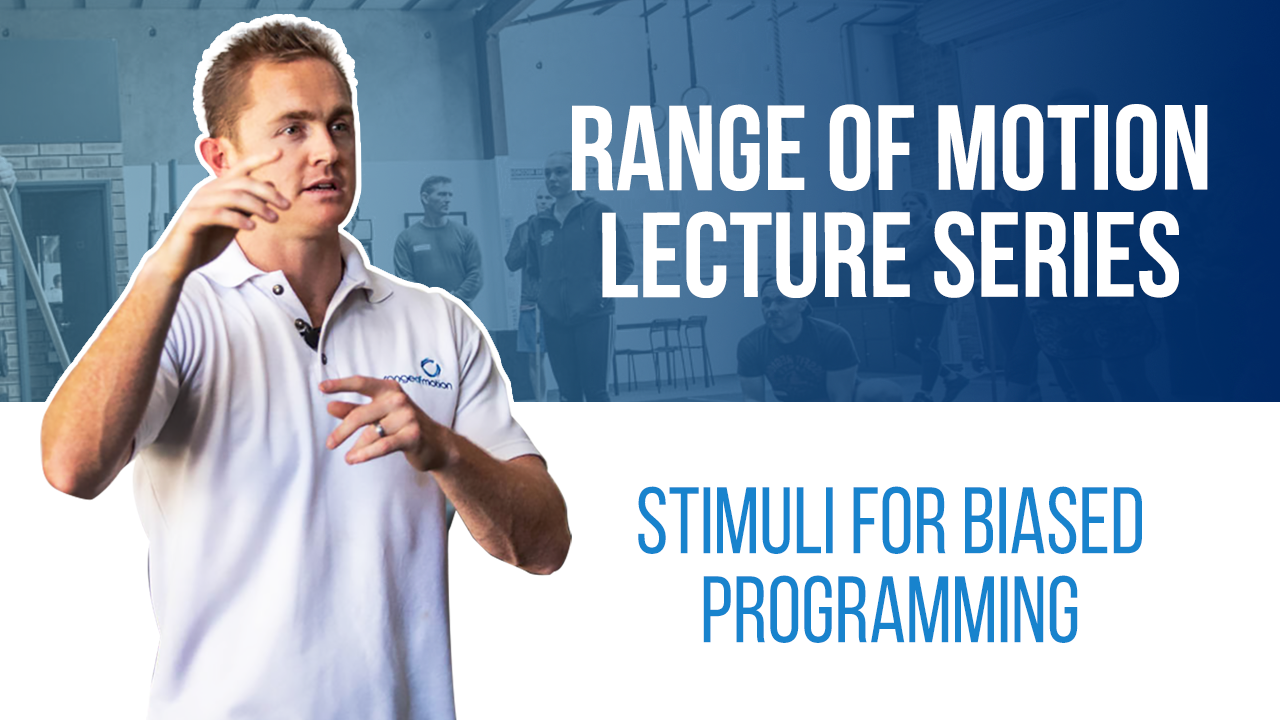Transcribed from video:
– Now of course, this isn’t that simple, because some sessions that improve your work capacity will also improve your powerlifting, will also improve your body weight. So there are a lot of overlaps and intersections here, as you will see in this Venn diagram we’re about to examine. Our first circle is absolute strength, so this is your powerlifting stuff. What type of sessions will improve absolute strength? Firstly, a powerlifting session. That’s the crux of it. A powerlifting session will make you stronger, build that absolute strength. Into something like a weighted bodyweight session So doing low sets, low reps of pull-ups and dips and bodyweight movements. That will improve your absolute strength. ‘Cause you got to remember that a session will train whatever the limiting factor of that session is. I’m going to say that again, ’cause sometimes you can get lost with that. Identify a session’s limiting factor. What’s stopping you? What’s slowing you down? What’s limiting you in this session? Is it breathing? Therefore, that session will train your breathing. It’ll train your work capacity. Is it that you can’t hang onto the bar to do pull-ups any longer? Then, that session is a session that’s going to train your bodyweight ability. Is it that you just cannot physically lift that weight? That session will train your absolute strength. Whatever the limiting factor of a session is is what that session will train. So, limiting factor is strength. Therefore, powerlifting trains absolute strength. Same with any sort of weighted, strict bodyweight work. A multimodal-type session is a type of session that contains multiple different elements. Some lifting, some bodyweights, some breathing. And then barbell conditioning sessions. So higher rep barbell work. These will all improve you absolute strength. Then we look at bodyweight ability. And you see as soon as we have these bodyweight abilities circle in, there’s an overlap here. Because some things, like a weighted bodyweight session and a multimodal session which remember, is a bit of everything. Some things will train both absolute strength and will train your bodyweight ability. However, some things will be more unique to bodyweight. So, a bodyweight stamina session, higher rep gymnastic work, or swimming, they’re not going to necessarily improve your absolute strength. But they will improve your bodyweight ability. We add in a third circle. This is power. It’s our Olympic lifting element. Your ability to not only move a heavy weight but to move a heavy weight fast or to move your body fast. And, as you can see already, your barbell conditioning and your multimodal session, there’s an overlap. Barbell conditioning will improve your absolute strength and your power. And multimodal, so far everything. Olympic lifting. An Olympic lifting session where the limiting factor is not your breathing, but it’s just your ability to move the bar fast. Olympic lifting and drills to work on your Olympic lifting, that’s what’s going to improve your power. Finally, work capacity. You can see some common themes there. And then there are some things that are unique to work capacity. So what you’ll notice here is that these multimodal sessions work a little bit of everything. Then there are sessions which are purely in their own circles. So, continuous cardiovascular session, a 12K run is not necessarily going to make you more powerful. It’s not going to improve your bodyweight stamina. It’s not going to improve your absolute strength. But it is really going to improve your work capacity. So what we need to do is go from this conceptual model of ‘this is what an athlete looks like,’ to putting together a profile for them based on, in our example today, these four different areas. And then we can say, alright, for those four different areas, there are a whole bunch of sessions that we can put in there. So you can see that now we start to go down the rabbit hole a little bit, and it gets a little complex in terms of well, how do we know which ones to do, how much of each one to do, how often to do them, what’s the frequency, and that’s what we’re going to talk about now.





